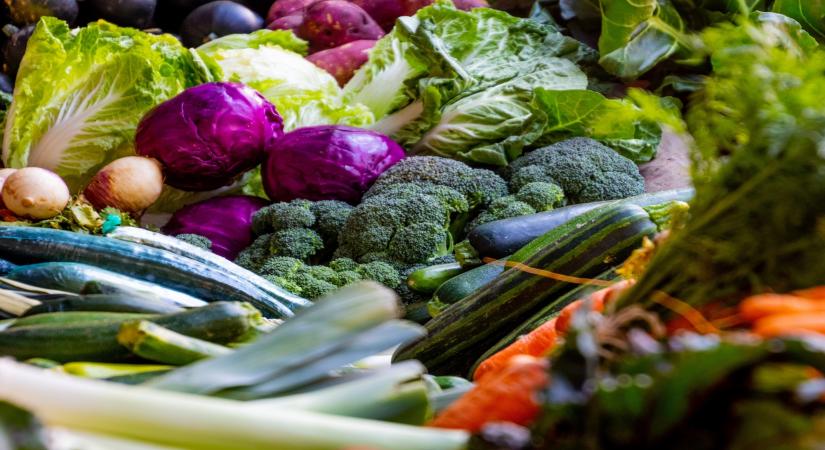A new study suggests that a diet rich in vegetables, legumes, and whole grains during childhood may delay the onset of menstruation in girls. The findings, published in the journal Human Reproduction, remained consistent regardless of body mass index (BMI) or height, factors previously associated with early puberty.
The timing of menstruation has long-term health implications. Early onset has been linked to a higher risk of obesity, type 2 diabetes, breast cancer, and cardiovascular diseases in adulthood.
“Our findings underscore the importance of ensuring that all children and adolescents have access to nutritious food,” said Holly Harris, Associate Professor at the Fred Hutchinson Cancer Center in Seattle. “This also highlights the critical role of school-based meals being guided by evidence-based nutritional standards.”
The study analysed data from more than 7,500 children aged 9 to 14, examining their diets through two well-established frameworks: the Alternative Healthy Eating Index (AHEI) and the Empirical Dietary Inflammatory Pattern (EDIP).
The AHEI rewards higher scores for healthier food choices such as vegetables, legumes, and whole grains, while penalizing the consumption of red and processed meats, trans-fats, and excess salt. The EDIP evaluates a diet’s inflammatory potential, identifying foods like refined grains, processed meats, and sugary beverages as contributors to systemic inflammation.
“We found that both dietary patterns were associated with the age of menarche,” Harris explained. “A healthier diet was linked to a later onset of menstruation, independent of BMI and height. This reinforces the importance of diet quality over body size alone.”
The researchers concluded that the type of food consumed during childhood and adolescence, and its potential to cause or reduce inflammation, may play a more significant role in determining the timing of menstruation than physical growth indicators.
(With IANS inputs)














